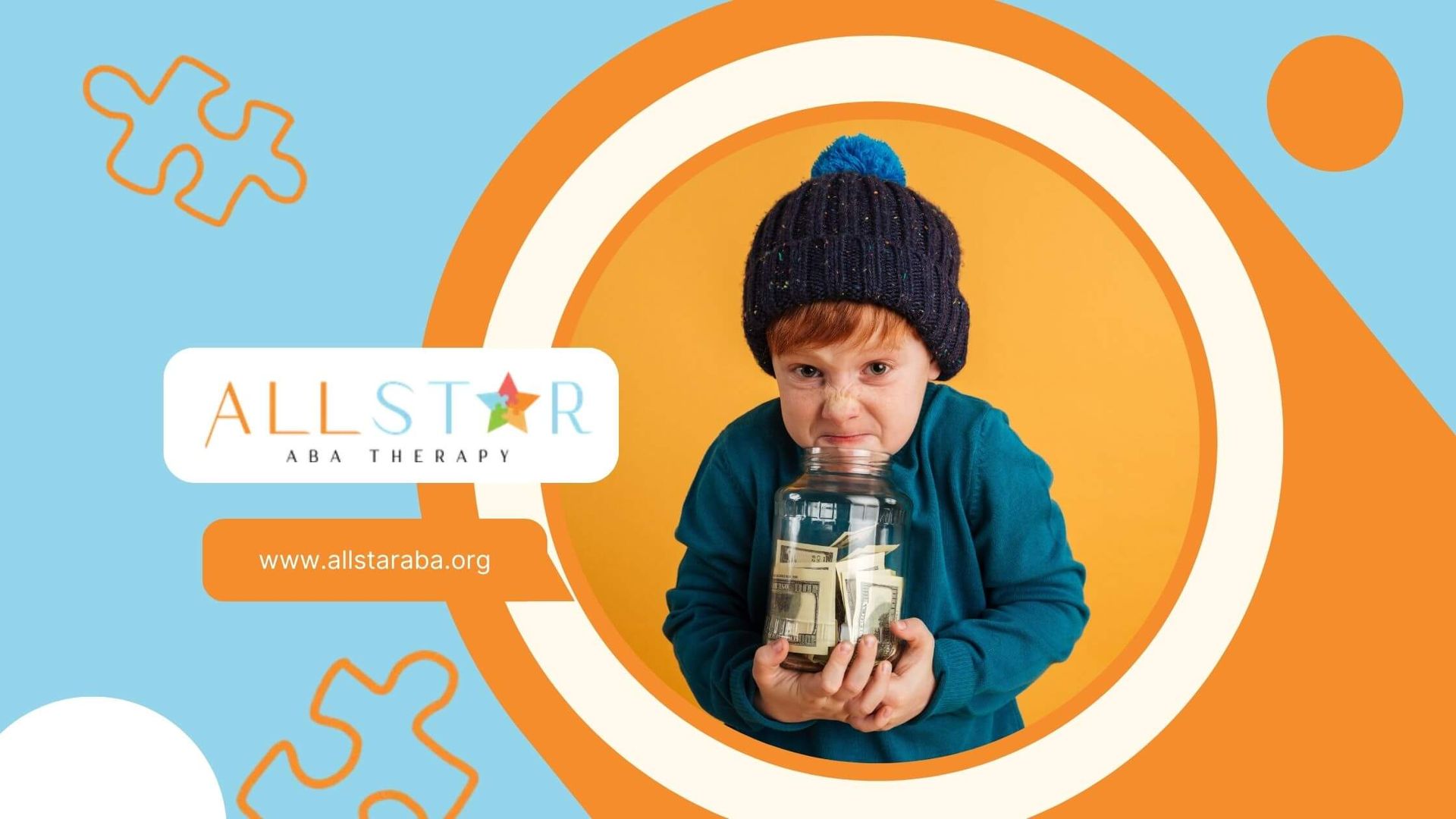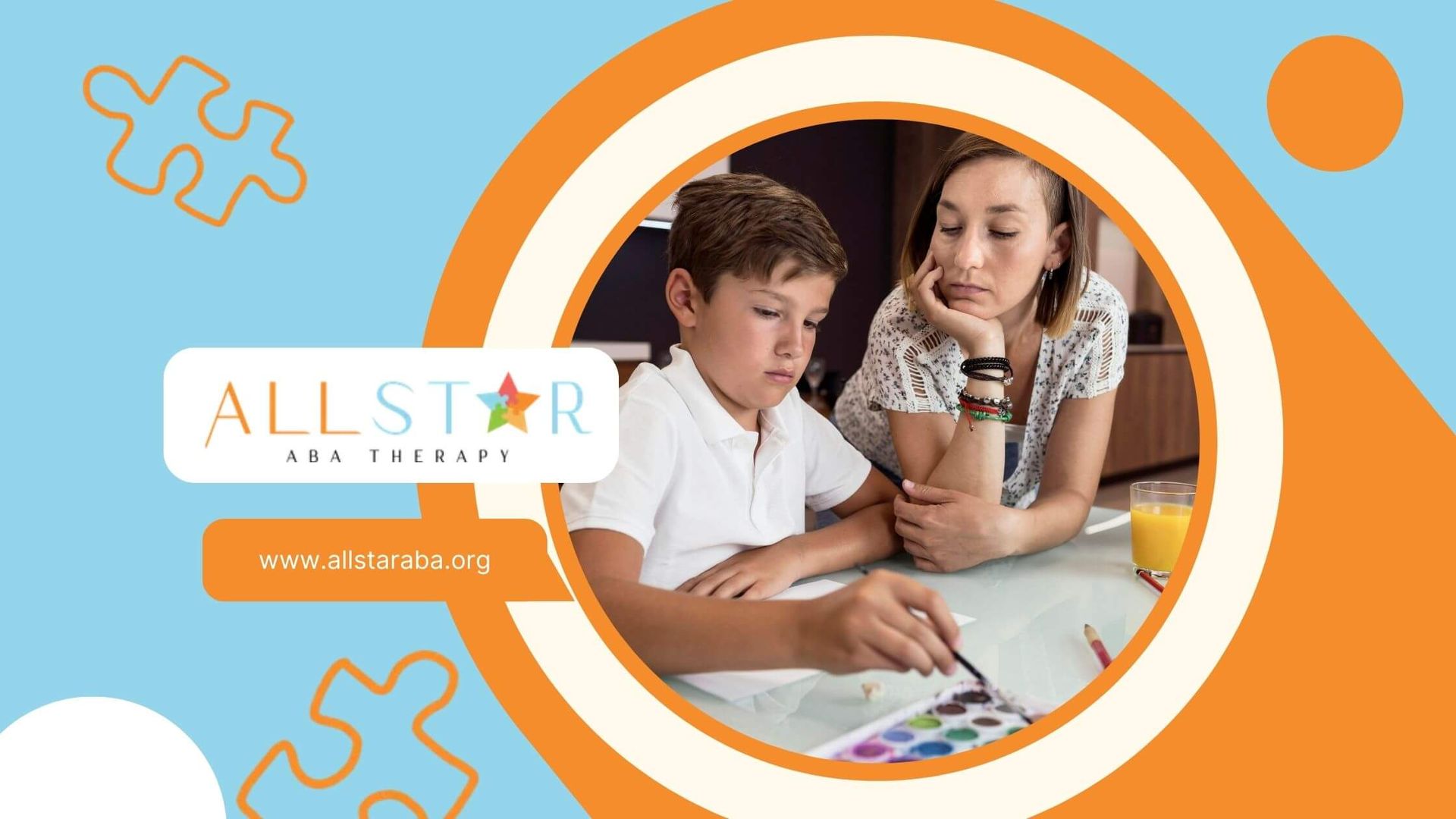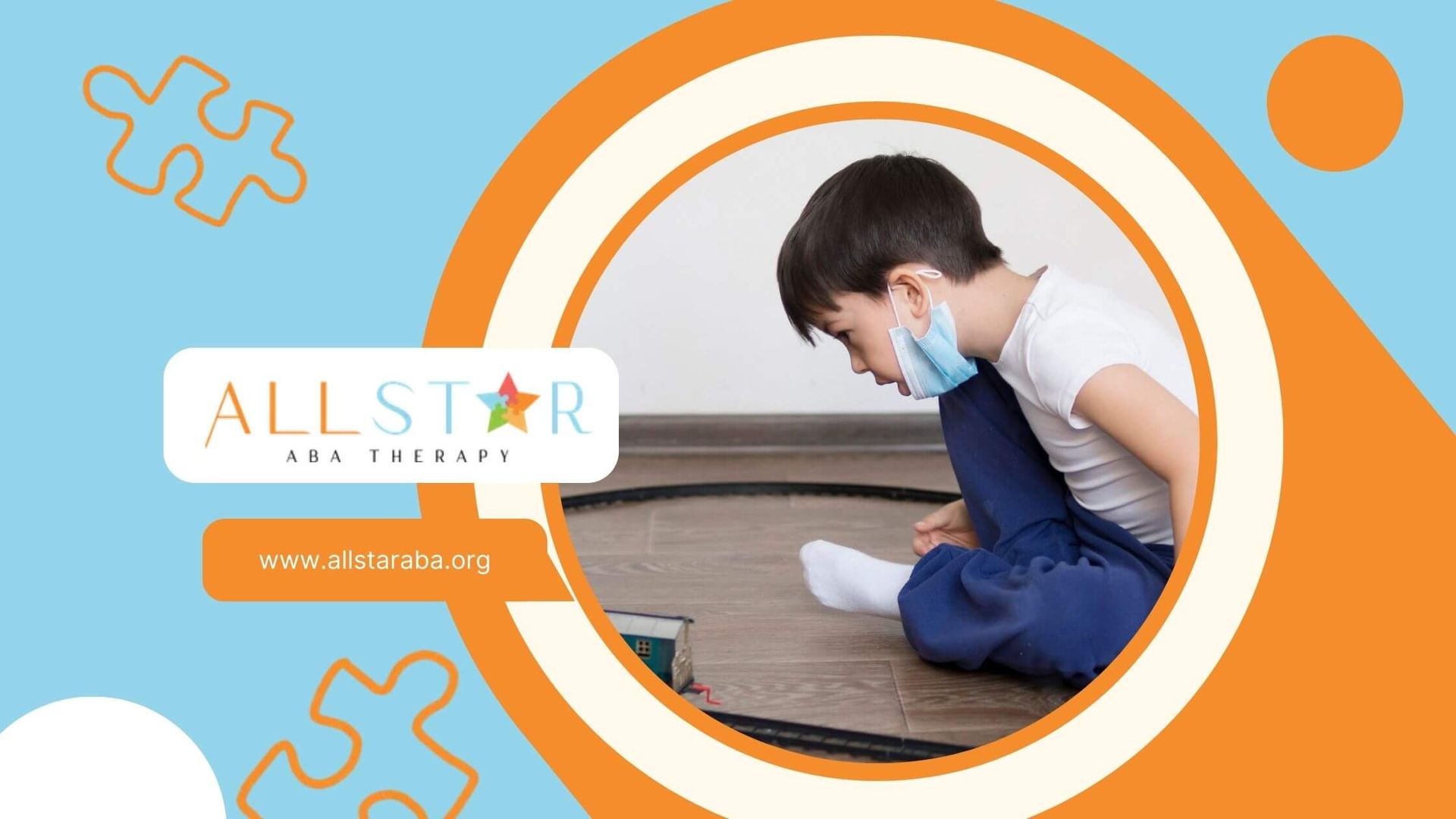New Paragraph
How to Support and Care for Autistic Family Members
Having an autistic family member can be both rewarding and challenging, and many families wonder how to support their loved one. The key is to approach each interaction with patience, understanding, and flexibility. Autism affects communication, behavior, and social interaction differently for each person, so recognizing their unique needs is essential.
One important step is creating structured routines, as many individuals with autism thrive on predictability. Using clear and simple communication, along with visual supports, can also reduce misunderstandings. It’s equally important to focus on their strengths and interests, not just their challenges. This helps build confidence and stronger family bonds.
Families should also practice empathy and avoid common mistakes, such as pushing too hard for eye contact or interpreting differences as defiance. Instead, encourage small successes and celebrate progress.
Professional support, like ABA therapy, provides families with practical tools to manage behaviors, build communication skills, and foster positive relationships. With guidance, families can create an environment where their autistic loved one feels supported, respected, and empowered.
At All Star ABA, we partner with families to provide strategies that strengthen relationships and help every child thrive.
Frequently Asked Questions
How can I support an autistic family member at home?
Be patient, create routines, use clear communication, and celebrate their strengths.
What should I avoid when dealing with autism?
Avoid yelling, forcing eye contact, or dismissing their feelings—these can increase stress.
Can ABA therapy help families too?
Yes, ABA therapy provides strategies that parents and siblings can use to create supportive home environments.
Need Support?
We're Here to Help!
Our experienced team is ready to assist you. Reach out today to discuss how we can support your child's development and well-being.
Get started with expert ABA therapy today.








